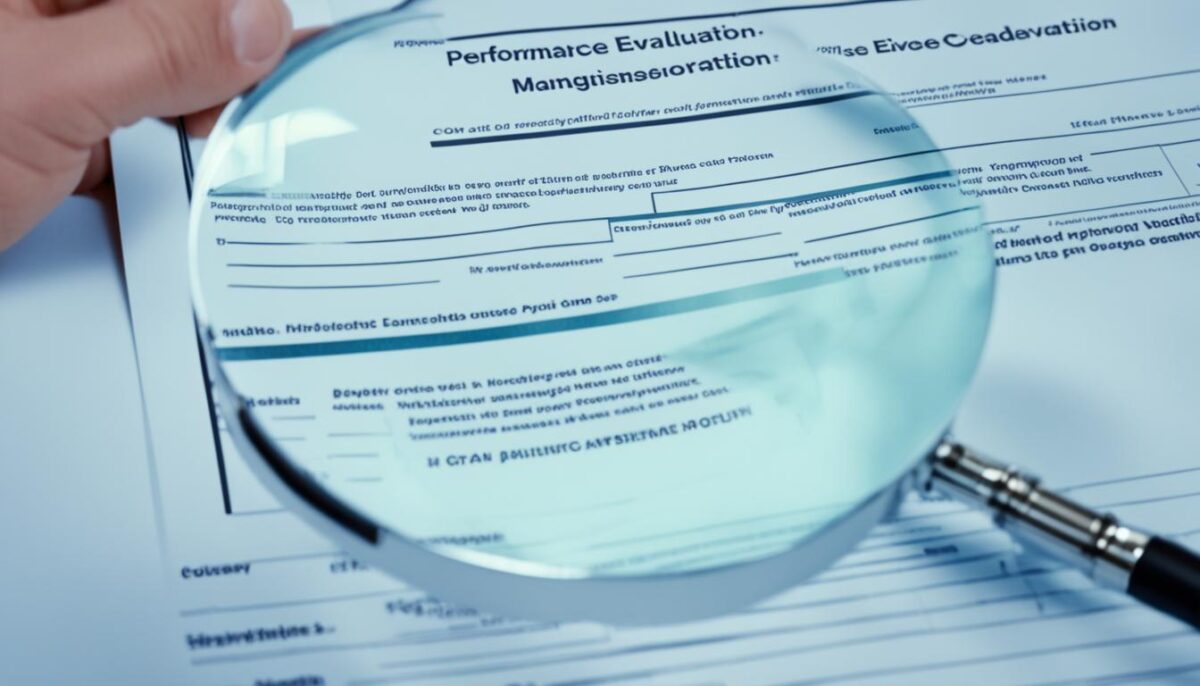In today’s increasingly diverse workplaces, it’s crucial to ensure that the bias-free performance reviews process is free from bias and discrimination. Unconscious biases can creep into objective employee evaluations, leading to unfair assessments and hindering employee growth. By recognizing and mitigating these biases, we can create a more fair performance assessment and inclusive environment that supports the professional development of all team members.
Recognizing Unconscious Biases in Performance Evaluations
Unconscious biases are deeply ingrained beliefs and preferences that can influence our decision-making and judgments without us even realizing it. In the context of performance reviews, these biases can manifest in various ways, such as favoring employees who are similar to the manager, overlooking the contributions of underrepresented groups, or allowing personal relationships to sway the evaluation process. Understanding the most common types of biases is the first step in addressing this challenge.
Understanding Implicit Biases
Implicit biases are subtle, automatic prejudices that operate outside of our conscious awareness. They are shaped by our upbringing, life experiences, and societal norms, and can influence our perceptions and decision-making in ways we may not even recognize. In the workplace, these biases can creep into performance reviews, often without the evaluator’s knowledge or intent.
Common Types of Biases in Performance Reviews
Some of the most common biases that can affect performance evaluations include:
- Affinity bias: The tendency to favor people who are similar to us in terms of background, interests, or personality.
- Confirmation bias: The inclination to seek out and interpret information in a way that confirms our existing beliefs or preconceptions.
- Halo effect: The tendency to let one positive (or negative) trait of an employee overshadow the overall assessment of their performance.
- Recency bias: The tendency to place more weight on an employee’s most recent actions or achievements, rather than considering their full body of work.
- In-group bias: The preference for members of one’s own group (e.g., race, gender, age) over those of other groups.
By recognizing these common biases, organizations can take steps to mitigate their impact on performance reviews and ensure a more equitable and objective evaluation process.

“Unconscious biases can have a profound impact on how we evaluate employee performance, often in ways that are unfair and detrimental to underrepresented groups. Acknowledging these biases is the first step towards creating a more inclusive and equitable workplace.”
Strategies to Mitigate Bias in Performance Reviews
To create a fair and objective performance review process, organizations can implement several strategies. Firstly, establishing standardized evaluation criteria based on job-related competencies and clear, measurable goals can help minimize the impact of personal biases.
Implementing Standardized Evaluation Criteria
By defining a consistent set of performance metrics that align with the organization’s values and objectives, we can ensure that all employees are assessed on the same criteria. This approach helps to eliminate the potential for subjective judgments and promotes a more equitable evaluation process.
Training Managers on Bias Awareness
Additionally, providing comprehensive training for managers on bias awareness and inclusive assessment practices can empower them to recognize and overcome their unconscious biases. By fostering a deeper understanding of how implicit biases can influence decision-making, we can equip our managers with the tools to make more objective and fair evaluations.
By implementing these strategies, we can foster a culture of equitable performance management and support the professional growth of all employees.

